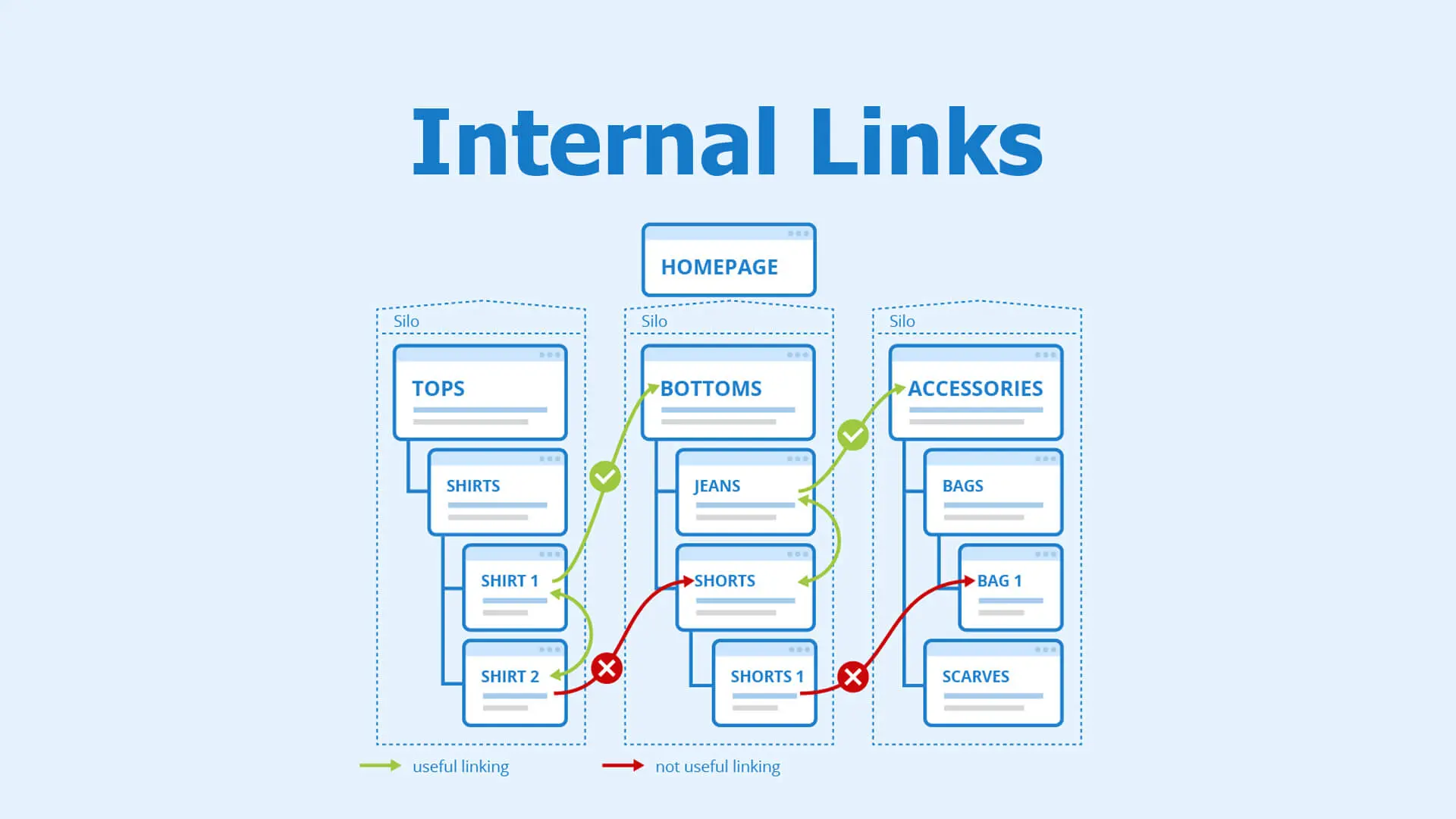Internal linking is one of the fundamental aspect of website architecture that not only aids in navigation but also plays a important role in SEO and user experience. SearchLight London, your trusted companion in the digital landscape, explores the importance of internal linking and its impact on boosting SEO performance and user experience. From understanding the fundamentals to implementing best practices, this comprehensive guide aims to equip website owners with the knowledge needed to leverage internal linking effectively for improved rankings and enhanced user satisfaction.
Understanding Internal Linking
Internal linking refers to linking one website page to another within the same domain. These links serve multiple purposes, including directing users to relevant content, establishing site architecture, and distributing link equity throughout the site. From an SEO perspective, internal links provide search engines with context about the relationship between different pages, helping them understand the hierarchy and relevance of content.
Critical Benefits of Internal Linking
Improved Website Navigation
Internal links create pathways for users to navigate through a website seamlessly. By strategically placing links within content, website owners can guide users to related or relevant pages, encouraging a more profound site exploration.
Enhanced Indexation and Crawling
Internal links provide search engine crawlers with paths to track down and index new pages on a website. By interlinking pages effectively, website owners can ensure that all relevant content is crawled and indexed, contributing to better visibility in search results.
Distributed Link Equity
Internal links pass link equity (or PageRank) from one page to another within the same domain. By distributing link equity strategically, website owners can strengthen the authority of essential pages and improve their ranking search results.
Improved User Engagement and Experience
Internal links facilitate a seamless user experience by connecting users with relevant content and guiding them through the website’s architecture. Internal linking can increase user engagement and satisfaction by providing easy access to valuable resources and information.
Best Practices for Effective Internal Linking
Use Relevant Anchor Text
Anchor text should be relevant to the linked page’s content. Avoid generic phrases like “click here” and use keywords or descriptive words that provide context about the related content.
Create a Hierarchical Structure
Organise internal links in a hierarchical structure that reflects the importance and relevance of different pages. Use categories and subcategories to group related content and create logical pathways for users and search engines.
Prioritise Relevant and Contextual Links
Internal links should be contextually relevant to the content they appear in. Focus on linking to related or complementary content that adds value to the user’s journey and provides additional information or resources.
Regularly Audit and Update Internal Links
Conduct regular audits of internal links to ensure they remain accurate and up-to-date. Update or remove broken or outdated links, and look for opportunities to add new internal links to recently published or updated content.
Common Mistakes to Avoid
Over-Optimising Anchor Text
Avoid over-optimising anchor text by using keyword-rich phrases excessively. Focus on creating natural and user-friendly anchor text that enhances readability and provides value to the reader.
Ignoring Orphaned Pages
Orphaned pages, which are not linked to other pages on the website, can be missed by search engines and users. Ensure all necessary pages are connected internally to improve visibility and accessibility.
Conclusion
In conclusion, internal linking is a powerful SEO strategy that can improve website navigation, enhance indexation and crawling, distribute link equity, and enhance user engagement and experience. By following best practices and avoiding common mistakes, website owners can leverage internal linking to boost their SEO performance and provide users with a seamless browsing experience. SearchLight London remains committed to providing insights and guidance to empower your journey in the dynamic world of digital marketing. Stay tuned for more actionable tips and continuous exploration of SEO strategies.
